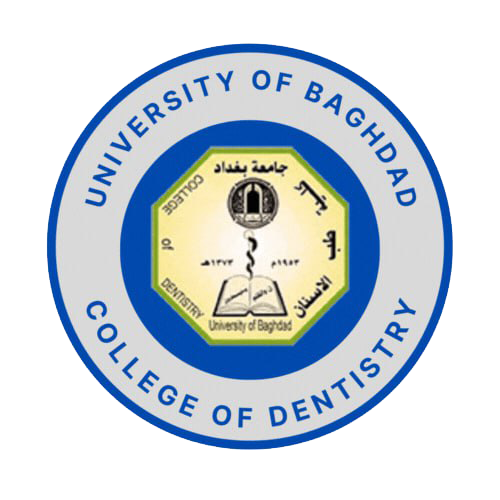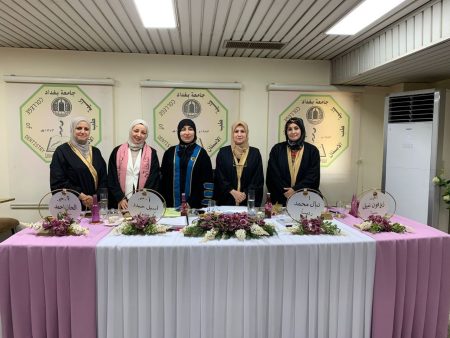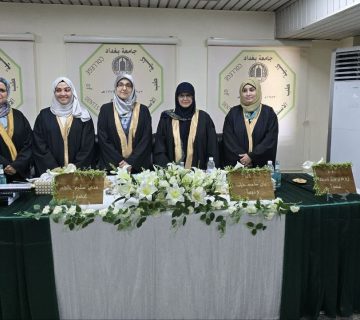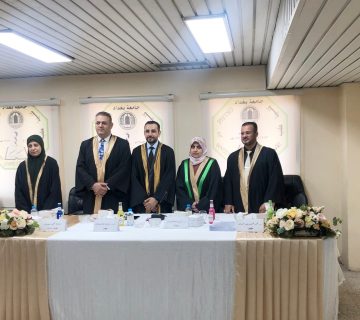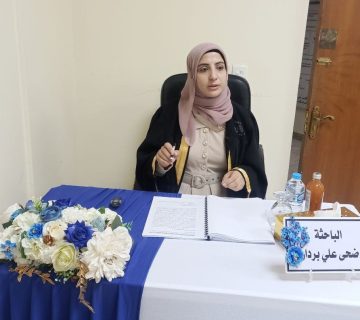The Faculty of Dentistry at the University of Baghdad discussed the master’s thesis titled *Evaluation of Molar-Incisor Hypomineralization (MIH), Type of Feeding, and Their Relationship with Certain Salivary Variables Among a Group of Children* by the student Alaa Hadi Saleh.
The aim of the thesis is to evaluate molar-incisor hypomineralization and its relationship with type of feeding, age, gender, and certain salivary variables (glutathione, vitamin D), along with salivary pH and salivary flow rate among healthy children aged 7-9 years.
The thesis included a sample of 90 children, divided into two groups: the study group, which included 60 children suffering from molar-incisor hypomineralization (MIH), further subdivided into two subgroups: 30 children with mild MIH and 30 children with severe MIH. Additionally, there was a control group of 30 children without MIH. Both groups were free of dental caries, and the age range was 7-9 years. The examination and diagnostic criteria for MIH, as well as the risk assessment, were conducted according to the guidelines of the European Academy of Paediatric Dentistry. Salivary vitamin D and glutathione were measured using enzyme-linked immunosorbent assay (ELISA) kits to assess their levels in unstimulated saliva samples. After the oral examination, the parents of each child completed a health form that included information about the child’s general health and type of feeding during the first year of life. The health forms were returned to the researcher the following day. (Children who had received mixed feeding were excluded from the study).
The key recommendations of the study are that, for children aged 7 to 9 years, salivary glutathione and vitamin D levels are negative indicators for the severity of molar-incisor hypomineralization. Salivary pH and flow rate are important factors for MIH. However, the child’s feeding pattern, age, and gender are not significant factors for MIH.
The thesis was accepted by the examination committee.

